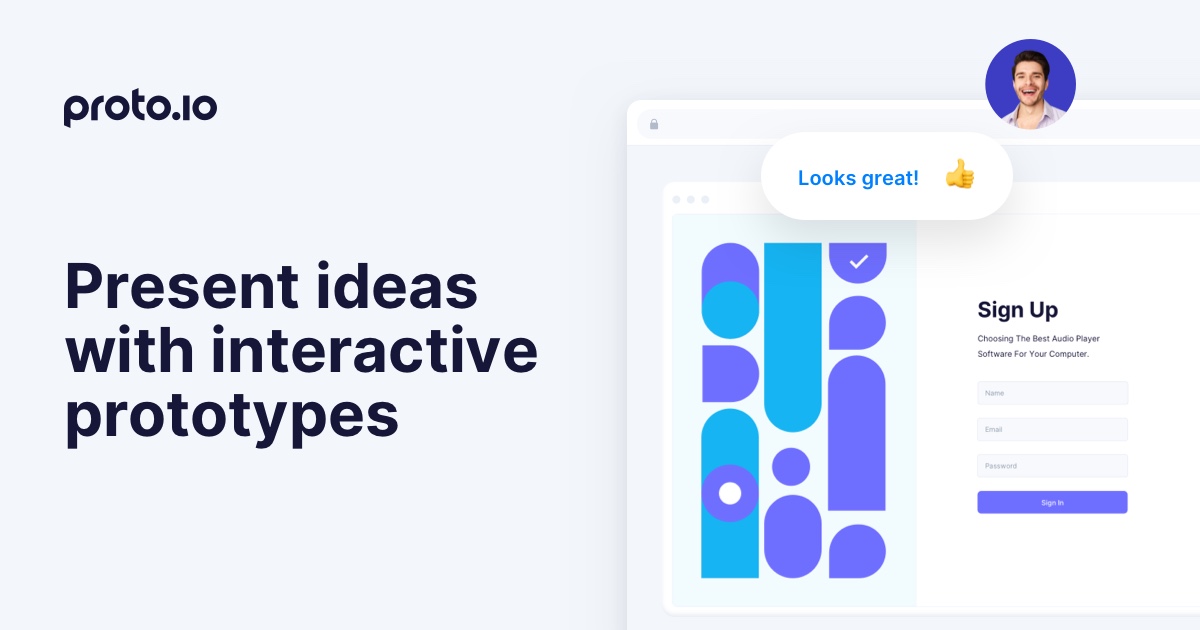You’ve heard and read about no-code everywhere, from minor tech blogs to big magazines and news portals with global reach. Some say no-code applications are the very future of the software industry. Others go one step further, claiming it’s the way to go for the tech industry as a whole.
Still, it’s 2022, and most available solutions are not even built with a low-code approach. This makes it hard to evaluate your options, understand the ever-changing landscape, and weigh your opportunities and limitations. This article aims to provide a quick overview of where no-code is today, as well as number a few critical factors you should consider before introducing it to your organization.
Why no-code?
No-code solutions came to be as a response to the need of many modern companies to include more of their diverse workforce in the planning, development, reporting, and content creation and publishing processes.
A company’s employees don’t all have the same skills, background, or needs. As a result, in order for companies to be more agile and productive, equal opportunities must be given to employees who are not as tech-savvy. No-code tools make it possible for them to be able to contribute in more areas with just simple training. Additionally, considering how expensive some types of Engineers and IT Specialists can be for a company’s payroll, including more functions in the aforementioned processes ensures increased cost efficiency.
Additionally, no-code solutions can even be useful for tech-savvy and IT-trained professionals, as they often require less thinking and can offer satisfactory results with minimum effort.
Types of no-code software
Although the no-code approach has found its way into multiple industries and areas of interest, here’s a non-exhaustive list of popular cases:
- Content / Website building: No-code solutions in this area make it super easy to put together very decent blog posts or website pages by dragging and dropping from a variety of content blocks.
- Prototyping: Very similar in logic to the above but aiming to align all project stakeholders before proceeding with actual design and development. Proto.io is an example of a 100% code-free web-based prototyping tool, allowing you to create low and high-fidelity interactive prototypes in minutes, even with zero coding skills!
- Project Management: Here, we mostly refer to card or task-based applications that allow teams to follow the status of a task, exchange comments, upload documents and images, and keep an overview of how sprints or projects are unfolding.
- Analytics: With Data Analysts being a popular (yet rare) breed for recruiters, no-code analytics solutions allow just anyone in a team to run simple queries and get meaningful data within seconds.
- Customer Support: In a globalized world with several time zones and a constant need for user support, no-code tools allow companies to automate part of all of their support needs.
- Email / Social media marketing: Tools in this area make it easy to schedule emails and posts for a later date and time, minimizing human error and allowing marketing teams to focus more on performance rather than execution.
Common features in no-code solutions
As with all other tools, no-code solutions comprise multiple features that respond to different user needs. However, the following staples can probably be found in most:
- Drag-and-drop functionality: Most content-related tools comprise multiple different libraries of components and elements that can be mixed and matched and customized to fit the user’s exact needs.
- Database connectivity: Many no-code tools are able to sync directly to the user’s CRM or SQL database. Alternatively, uploading data in Excel spreadsheet or .csv format is also supported.
- Data security: Since most no-code solutions require direct access to user or company data to operate smoothly, they are enhanced with data protection protocols, protecting from external breaches and violations.
- Responsiveness: Most features and capabilities offered by no-code tools are equally available on both mobile and desktop devices.
Considerations before adoption
Adopting any new software in your established workflow can be intimidating. Although from all the above, it is pretty obvious that adopting no-code solutions can bring a lot of benefits upon your organization, it’s important to consider a few things for a smoother transition:
Security loopholes
With an increased number of employees becoming users of a new no-code tool, it’s extremely important to train your staff based on online data security. Especially if many of these new users are not particularly tech-savvy, it’s crucial that they become aware of both the opportunities and dangers that might arise from the newly adopted solution. Your organization might also need to develop frameworks to evaluate employee security savviness on fixed intervals (e.g., annually).
Lack of flexibility
Although no-code tools usually offer a pretty good selection of options and comprise several content libraries, you’ll never get the customization level of designing and developing your own pages or apps from scratch all by yourself. It’s important everyone becomes aware of this limitation and learns to use the newly available resources in a creative and flexible manner.
No ownership of source code
Anything you develop via a no-code solution is based on the tool’s source code, on which your company or team has no proprietary rights. Some tools claim that they give you access to the source code of your projects. However, in most cases, a big part of that is encrypted and is impossible to tamper with.
Costly scaling up
As you’ll notice once you get in-market for a new no-code solution, starting with a few seats and users won’t set you or your organization back by a lot. As, however, your team’s needs grow (be it in terms of the number of licenses or projects available to you), you’ll notice that the cost can jump up exponentially. Try to keep that in mind before committing, always forecasting a 1-2 year growth scenario, if possible.
Closing thoughts
No-code apps and software seem to be gaining ground and popularity very fast, especially in the tech industry. That means that, as more and more solutions become available, new opportunities and challenges will be opening up for potentially interested users.
As with everything else, always try to consult the most knowledgeable people in your organization, create multiple hypothetical scenarios of growth, and ensure the tool you choose is user-friendly, as it’s crucial that your team embraces it from the first few days of its adoption.
Proto.io helps you bring your idea to life in no time, with no coding skills required. It’s ideal for UX designers, entrepreneurs, product managers, marketers, students, and anyone with a great idea. Sign up for a free 15-day trial to start building your first prototype today!








